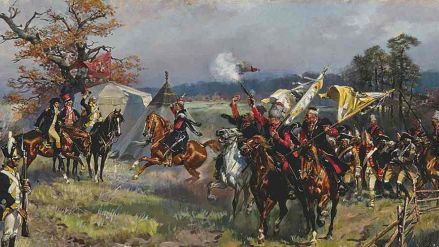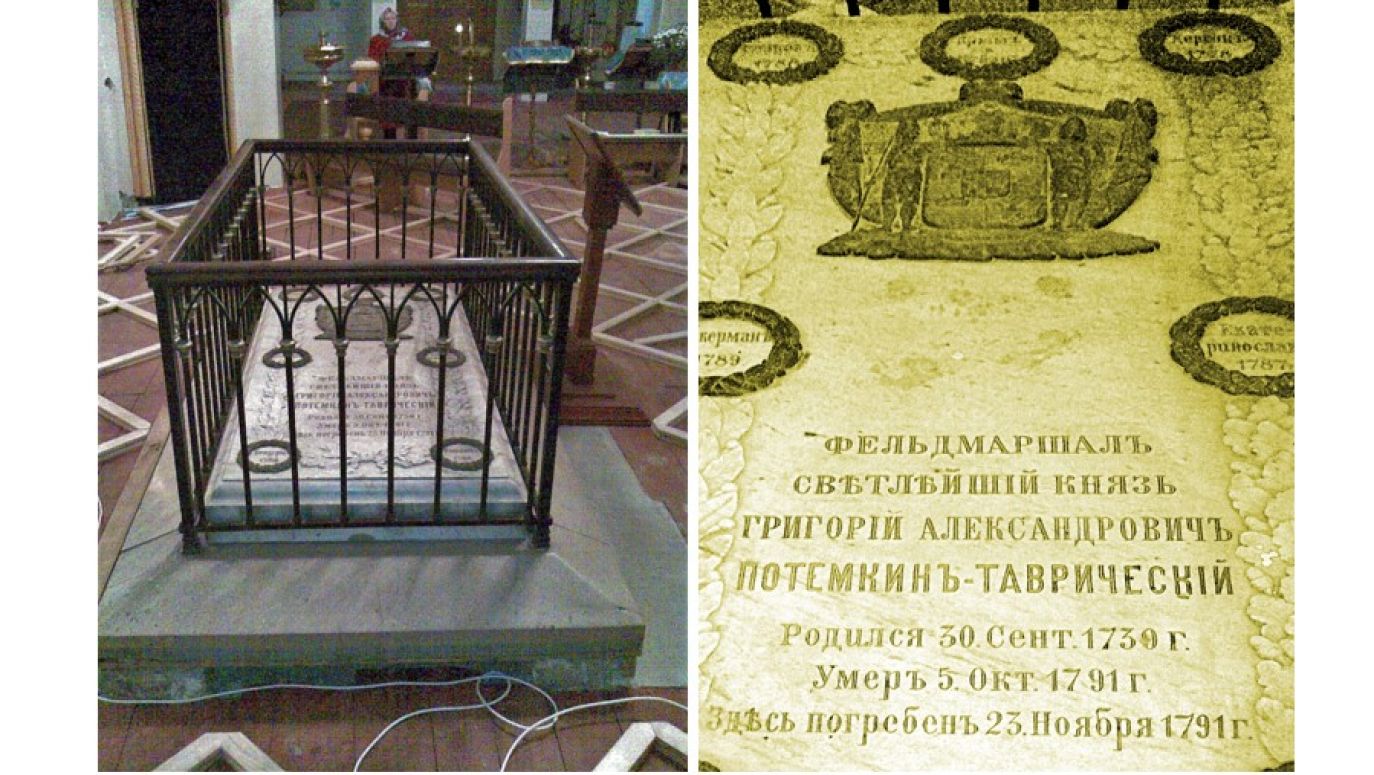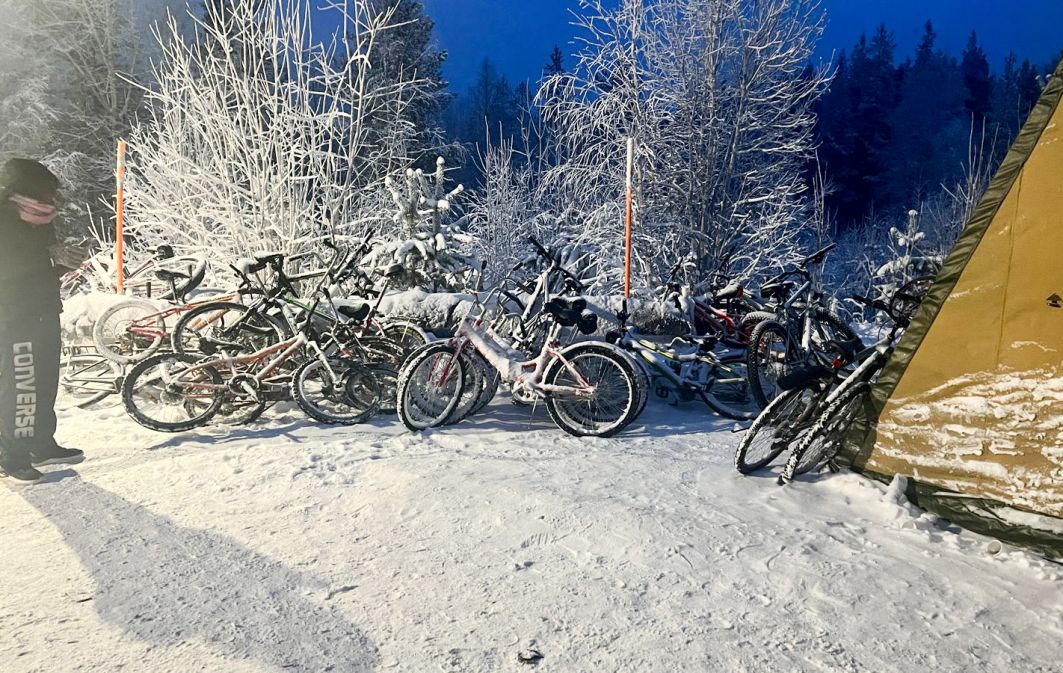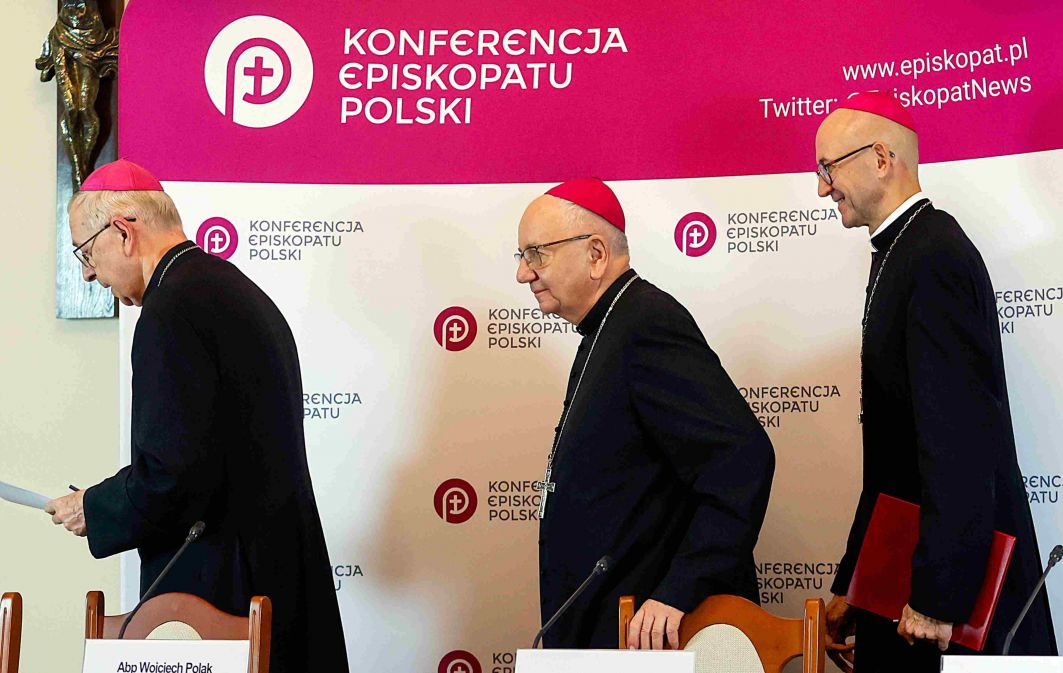Did they slam the flap of the waiting UAZ truck with the engine running, or did they run with a large oilcloth bag, limping, through the nearby (Soviet) Glory Park to the motorboat waiting on the waterfront? This is something we will only find out from witness accounts or testimonies. In any case, the Field Marshal moved on.
 SIGN UP TO OUR PAGE
SIGN UP TO OUR PAGE 
Those were the days, the jaw snaps with indignation, those were the days… “As the prince’s body was carried away, troops lined up on either side of the procession. Eleven salvos rang out, accompanied by the ringing of bells from all the churches in Kherson. At the beginning of the procession marched a squadron of hussars and a regiment of cuirassiers. To the mournful sound of drums, one hundred and twenty torch-bearing soldiers in black ostrich feather plumes and hats with a black veil with a
fleur-de-lys motif stepped out into the square. They were followed by twenty-four sergeants in white cloaks, local nobles, generals and clergy. Officers walked next, carrying regalia: an icon given by the empress, medals, a chamberlain’s key, a mace and a hetman’s sword, a marshal’s staff and a banner. Behind them rode a carriage trimmed with black velvet and drawn by eight horses” (an excerpt from a 1791 account). There you have it: once black velvet and eight horses, and today a muddy UAZ and a spade that Stiopa shoves between your ribs without respect. Eh...
– You shall now an emperor by their ceremonies, Grigory Aleksandrovich.
Strange they are, these Russians: they left 30,000 behind corpses of their own soldiers in Ukraine, having no regard for Antigone’s duty, and evacuated a oilcloth bag filled with earth with debris and rot.
They steal toothbrushes, leave teeth behind
But it’s always like that with them. They take, cart away whatever they can: washing machines, dryers, valances, nightstands, light bulbs, nappies, rakes, ambulances, motor-pumps, carburettors, supermarket trolleys and prams, “the washbowl, bottle, tumbler, bread, breadknife and china, crystal, pots and pans, fresh linen, nightlamp, chests of drawers, a clock”. A nomadic people, no question about it (say what you like, however, Steppe Peoples are Steppe Peoples, Gumilov would rejoice). It’s all almost like in Adam Zagajewski’s poem “Russia Comes Into Poland”:
Through the meadow and hedgerow, village and forest,
cavalries on the march, infantries on the march,
horses and cannons, old soldiers, young soldiers, children,
wiry wolfhounds at full gallop, a blizzard of feathers,
sleds, Black Marias, carriages, taxis,
even the old cars called Moskvitch come roaring in,
and warships and rafts and pontoon bridges roar in,
and barges, steamships, canoes (some of which sink),
barrage balloons, missiles, bombers,
howitzer shells whistling arias from an opera,
the shriek of flagellants and the growl of commands,
songs slashing the air with notes made of steel,
yurts and tents break camp, ropes tighten,
banners of dyed linen tremble overhead.
(Translated by Renata Gorczynski, Benjamin Ivry, and C.K.)
Almost the same, only in reverse order: cannons, kibitzers, fiacres, mosquitoes, washers, dryers, rafts, pontoons, yurts, tents, steamers, bark boats and the pelvis of a handsome Field Marshal are evacuated when necessary.
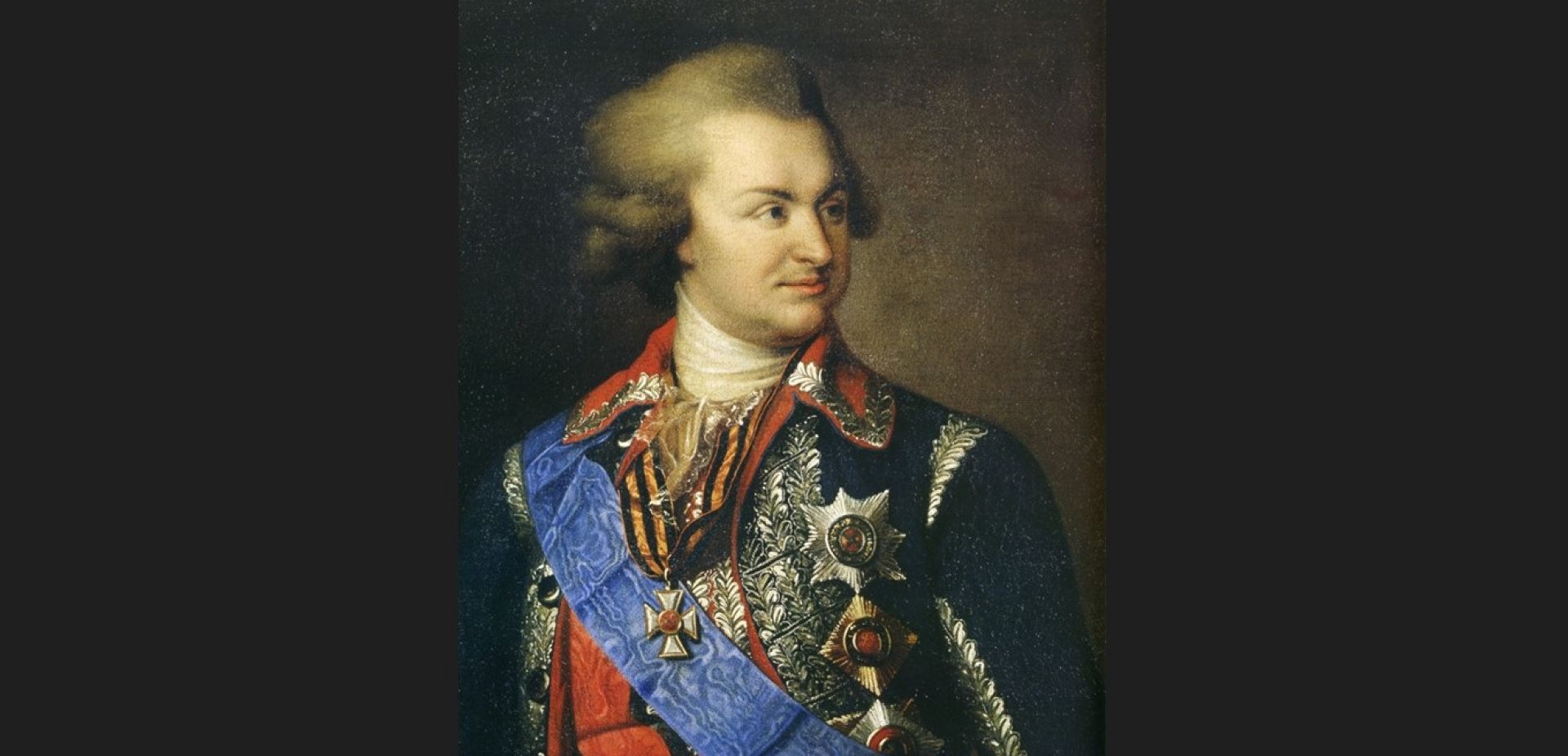
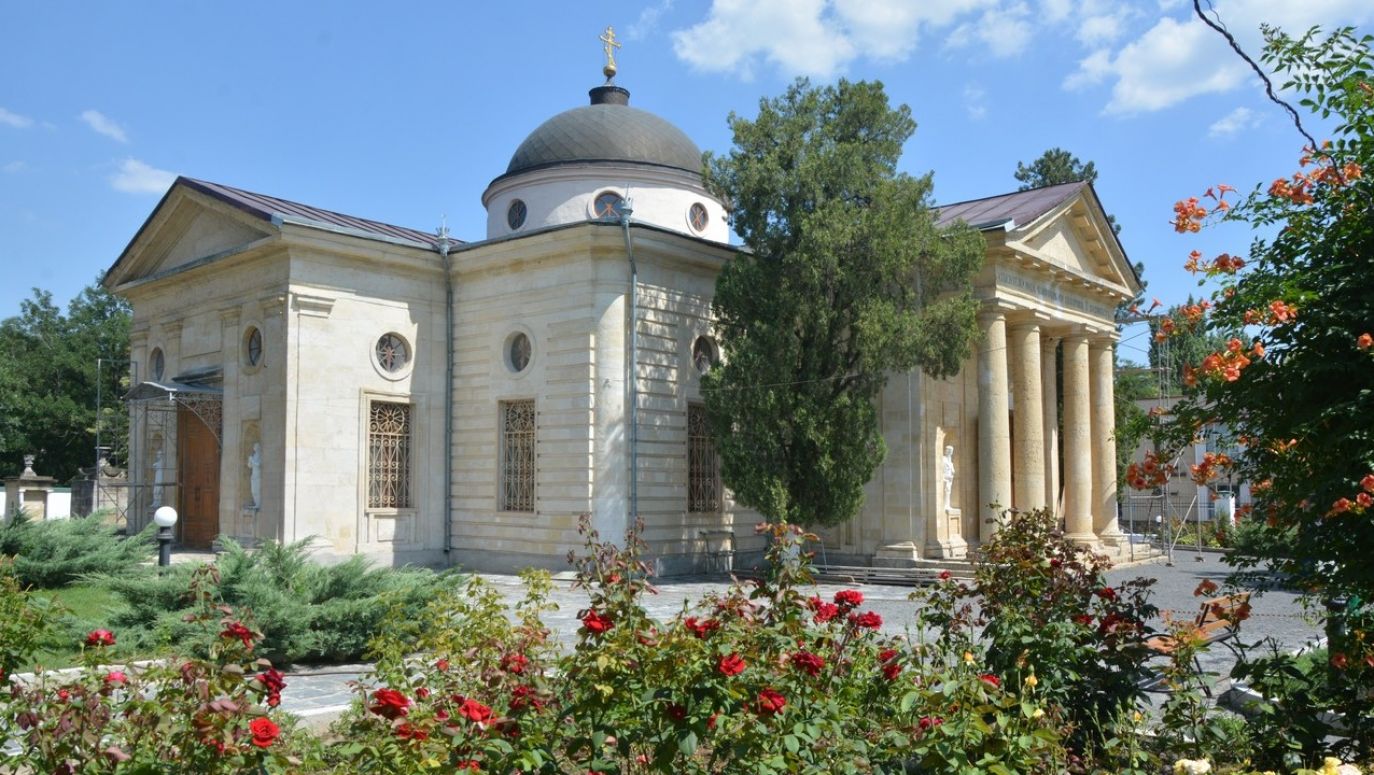
 SIGN UP TO OUR PAGE
SIGN UP TO OUR PAGE 
